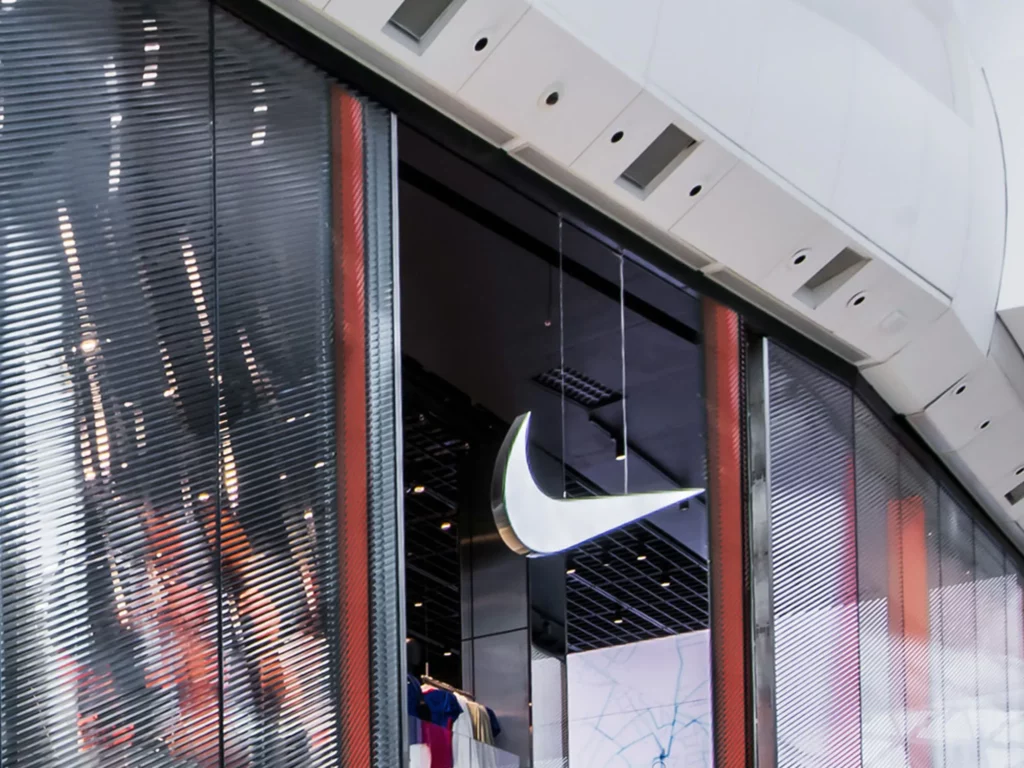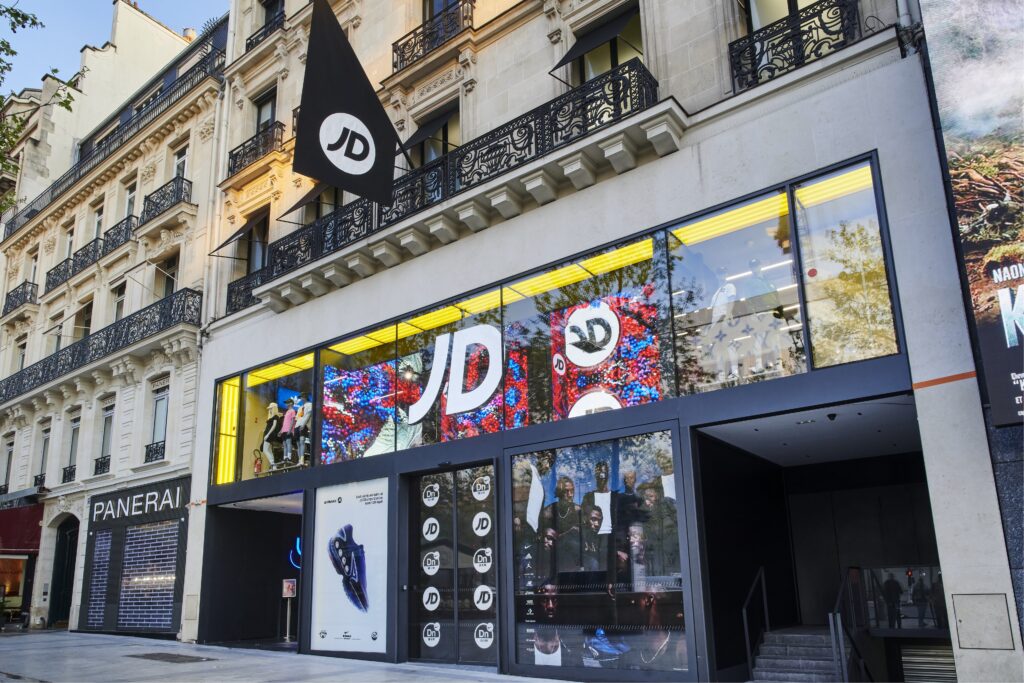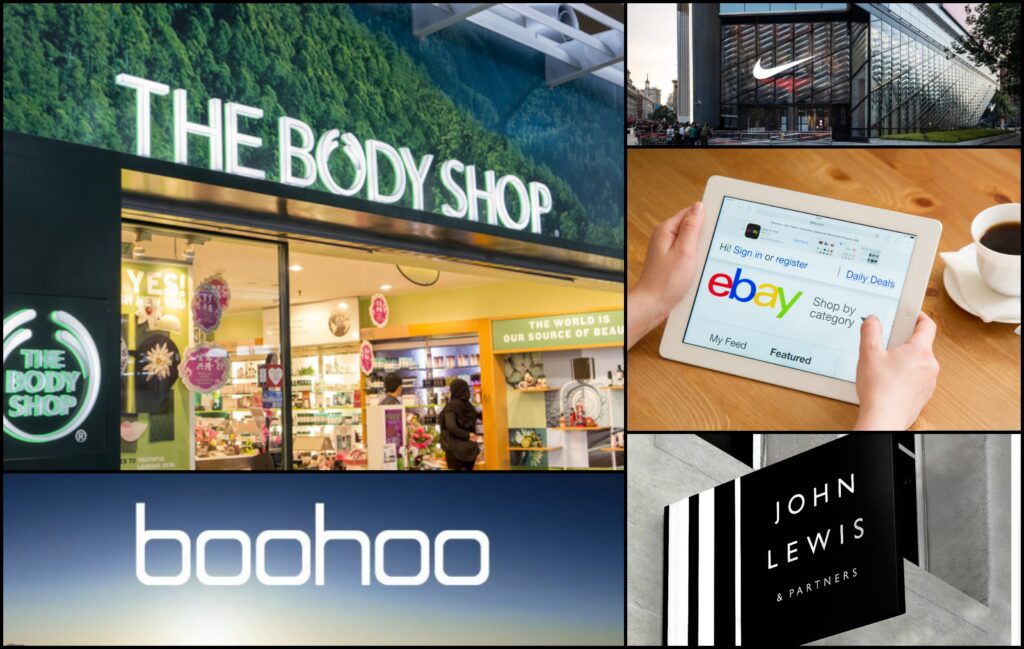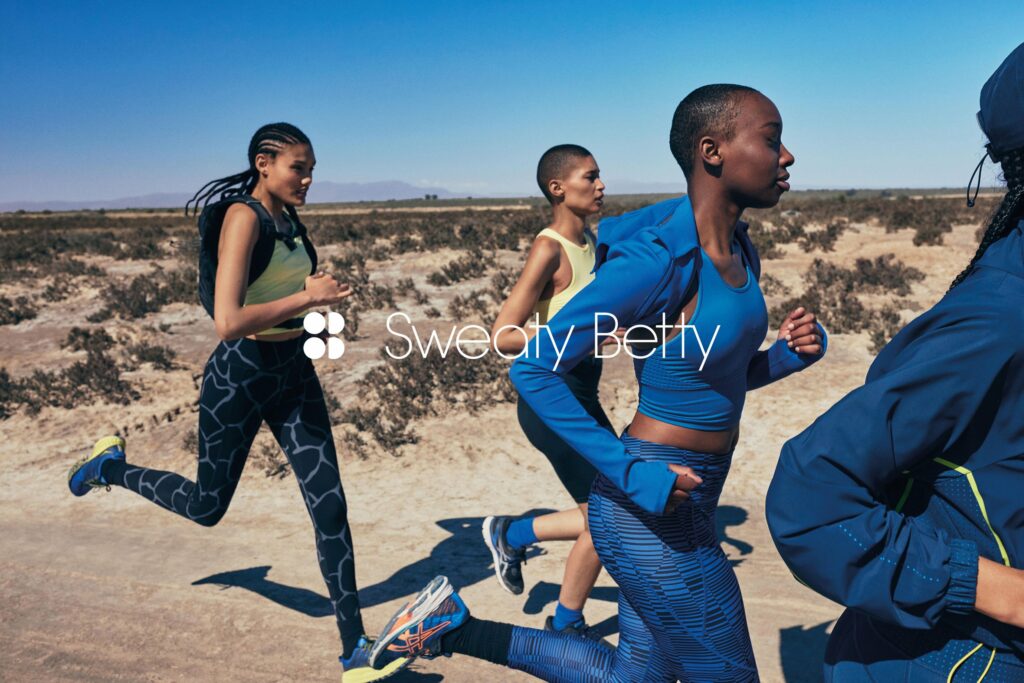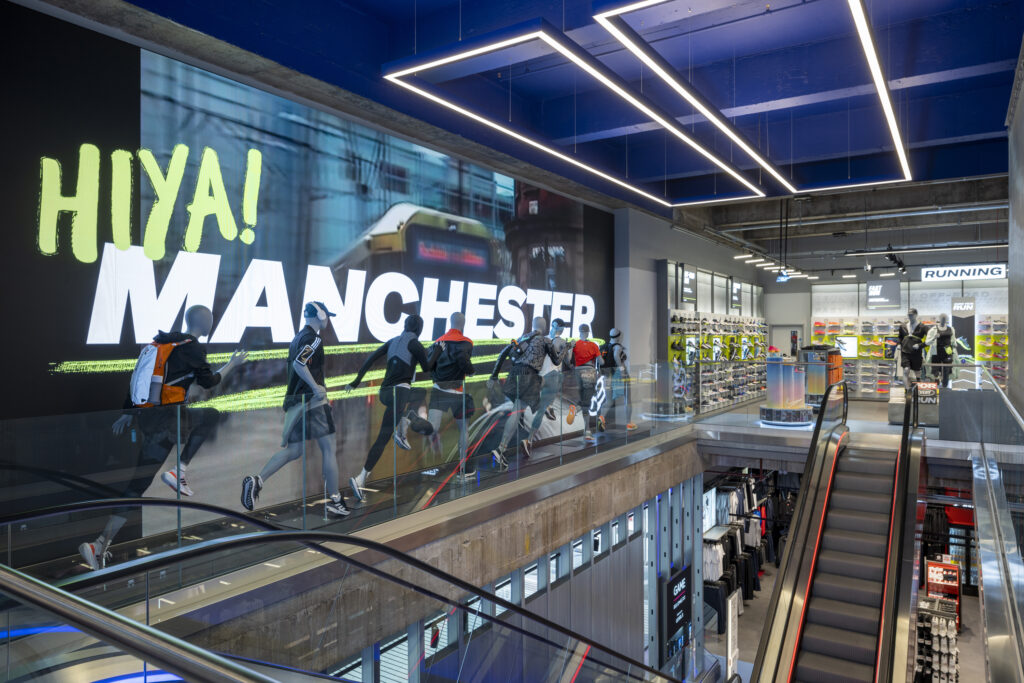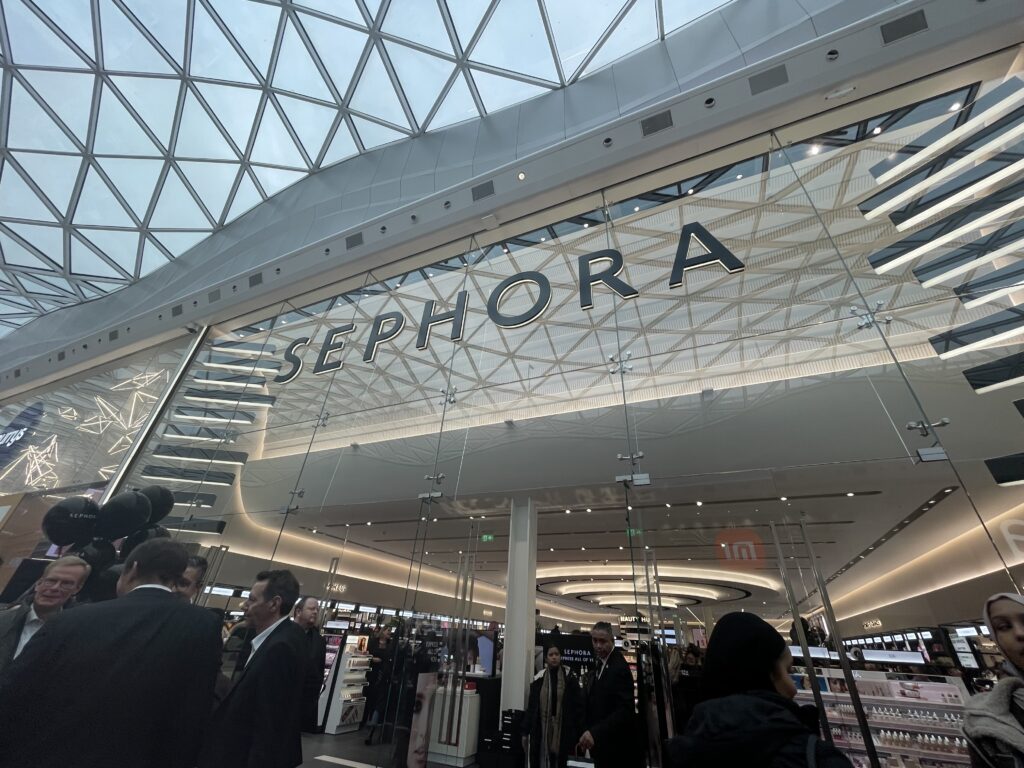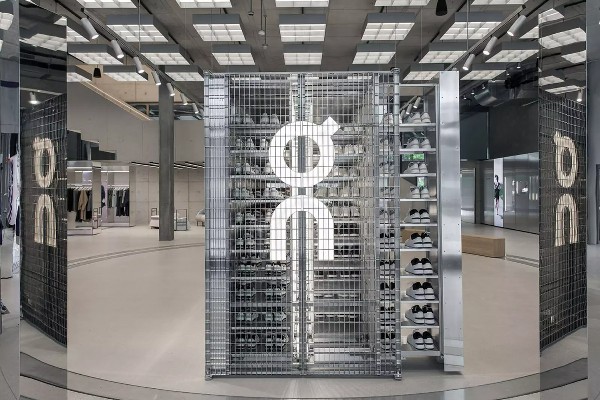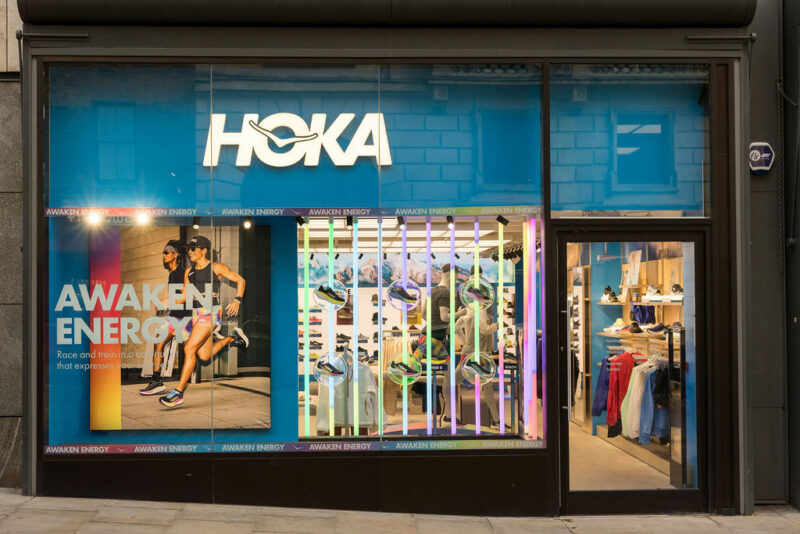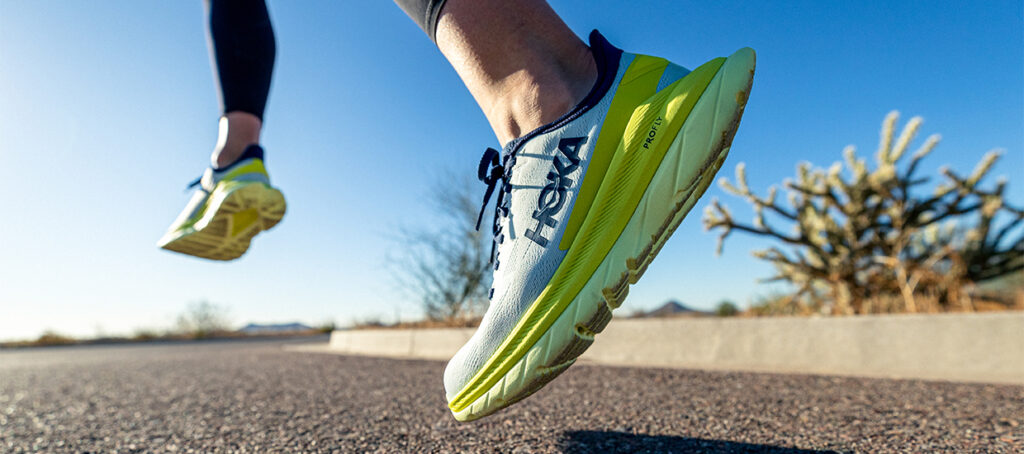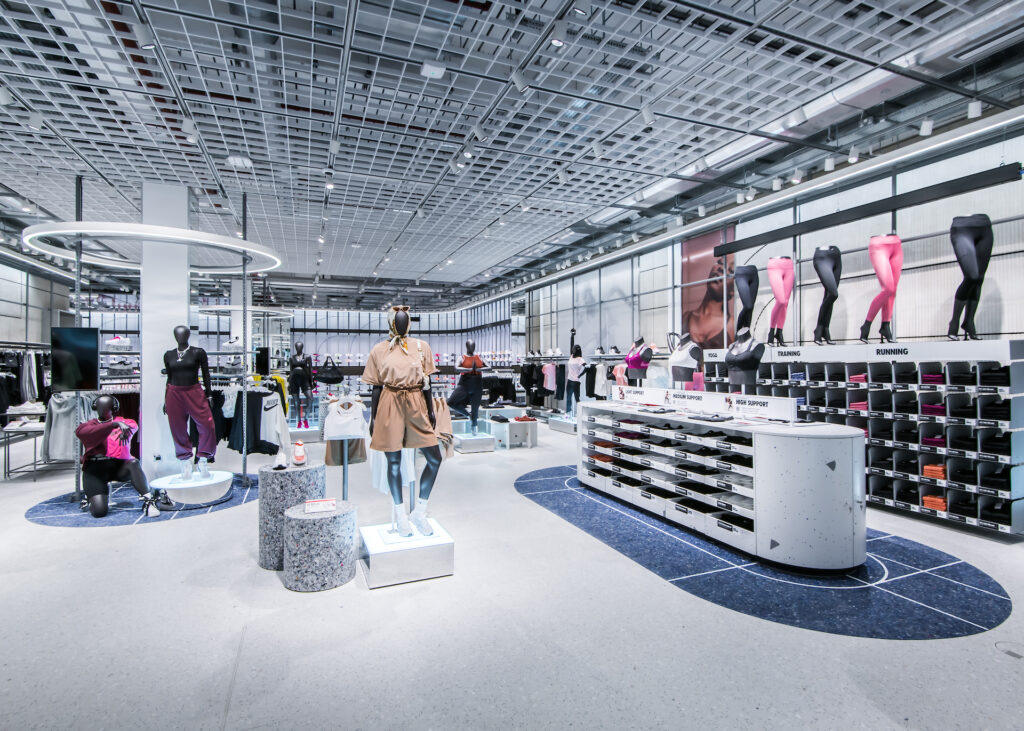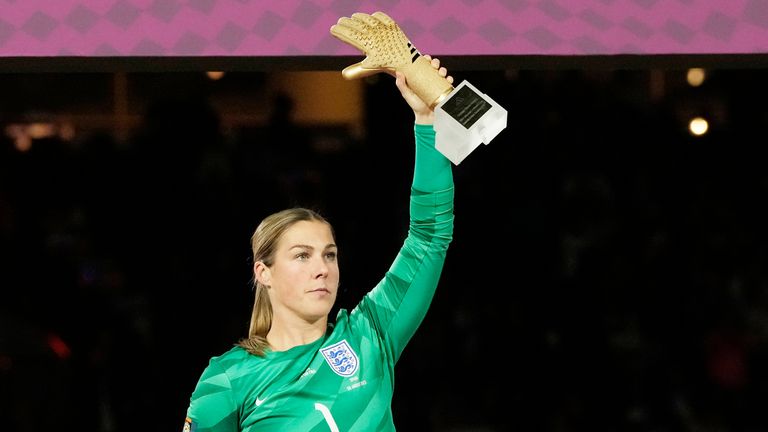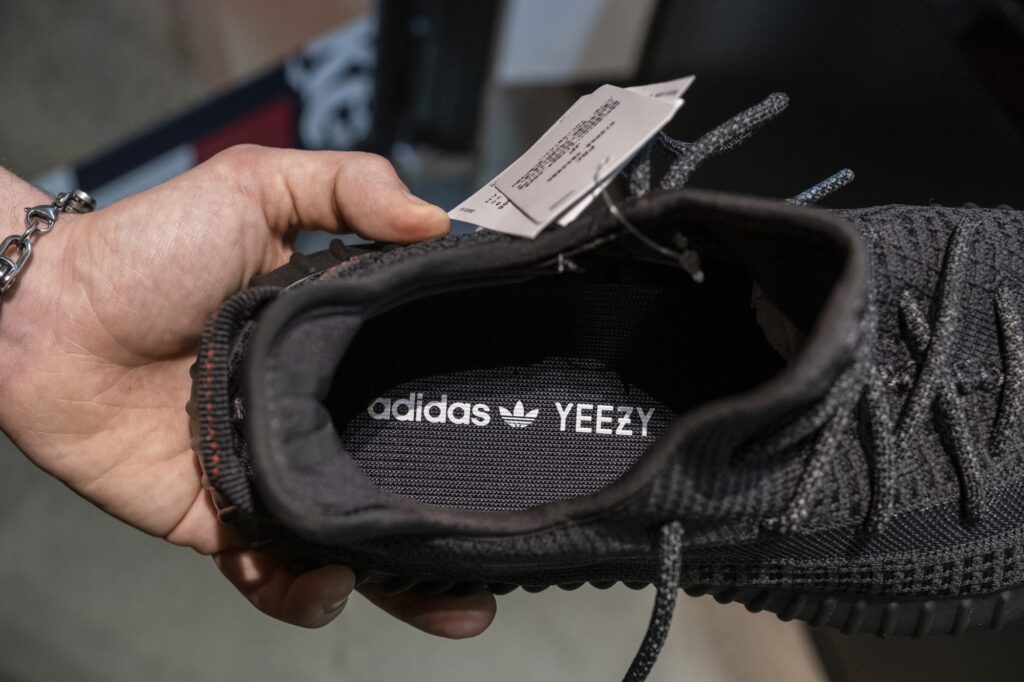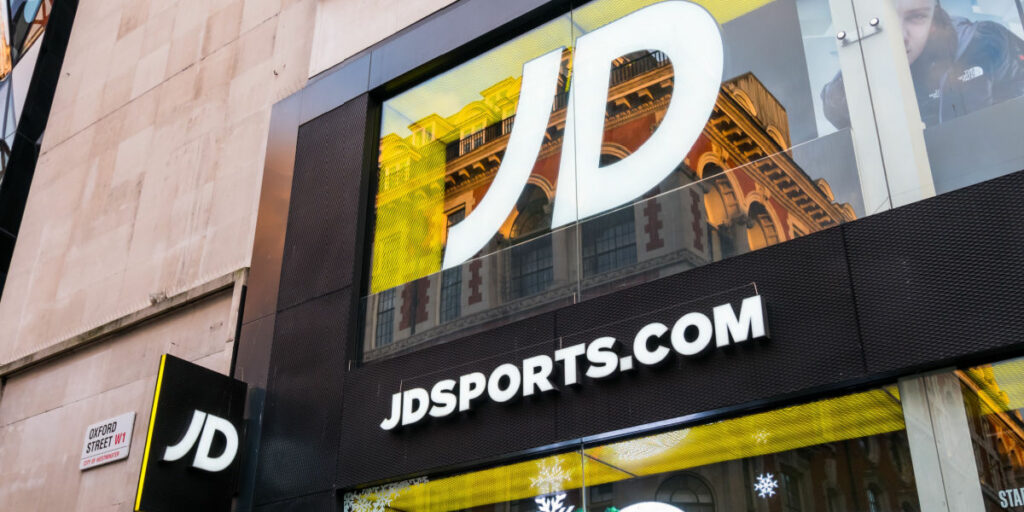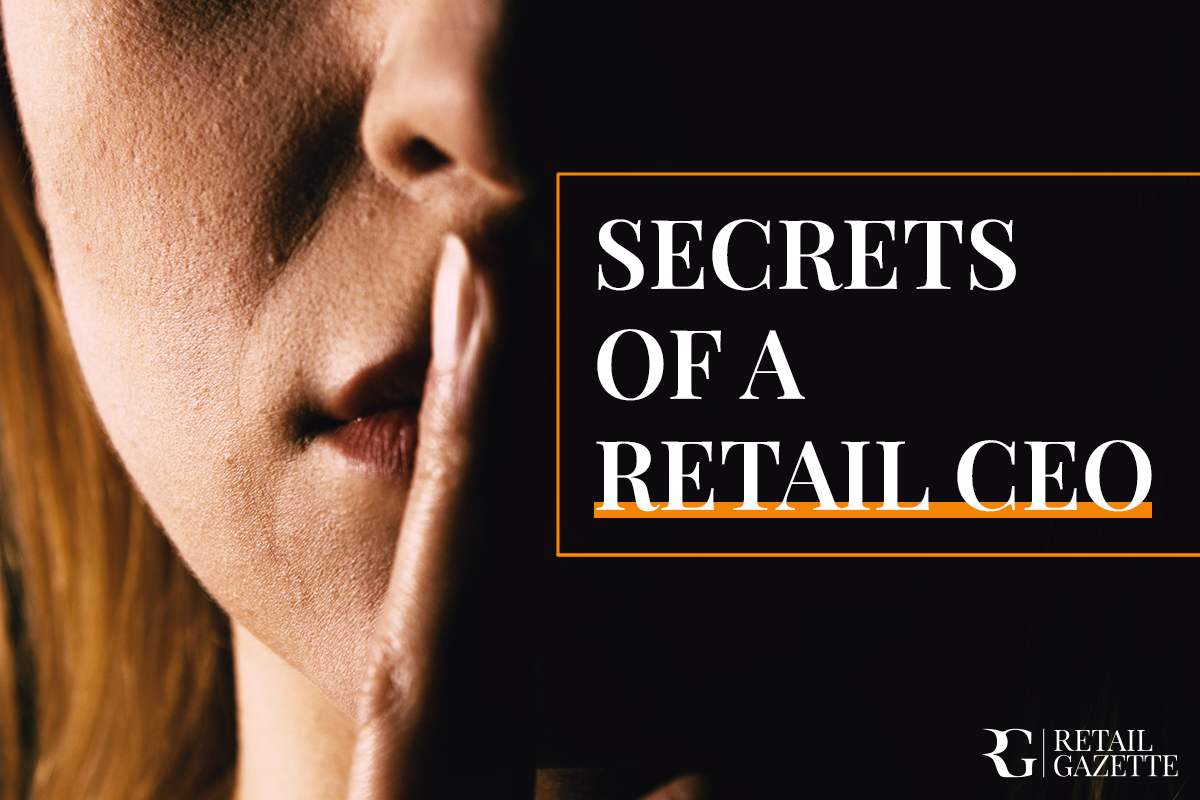Since its inception 60 years ago, Nike has long dominated the sportswear market, fuelled by innovative products, global reach and out-of-the-box marketing.
But in recent years its chokehold on the industry seems to be slowing.
The American sportswear giant is in the midst of its worst slump in a decade. Earlier this year it unveiled plans to cut 1,600 roles as it looks to make £1.6bn in cost savings over the next three years on the back of softer sales.
When making the announcement to staff about job cuts, Nike chief executive John Donahoe – who replaced its much-lauded boss Mark Parker in 2022 – admitted: ”We are not currently performing at our best, and I ultimately hold myself and my leadership team accountable.”
The gravity of the situation was laid bare last week when Nike slashed its 2025 forecast after reporting weaker-than-expected fourth quarter sales. The news led to its shares plunging 20%, making it the biggest one-day percentage drop in its stock’s history.
The brand has faced increased competition from new players and old, and some have pointed to a lack of innovation as it has struggled to meet shifting consumer preferences.
As the Paris Olympics approaches and the world gets fully immersed into a summer of sports, Nike is determined to hark back to its innovative roots and affirm its position as the undisputed leader in sportswear.
But what has put Nike in this vulnerable position in the first place, and what steps does it need to take to return to peak performance?


Nike’s recent stumble
Compared to its historical dominance in the industry, Nike’s recent performance has shown signs of weakness as new players such as On, Hoka and Lululemon have gained traction.
Retail consultant and former Nike exec Peter Harewood tells Retail Gazette: “Nike has been going downhill for a while”.
Although he says this decline is “accelerating”, Harewood adds: “At least it’s recognised it’s got a problem and has put a plan in place to turn things around.”
But what factors have contributed to its declining performance in recent years?
Gone are the days of buying an Air Force 1 in every single colour.
Moses Rashid, founder and CEO of sneaker marketplace The Edit LDN lists a few reasons.
“The lack of innovation in new silhouettes, over-saturation of releases which has seen multiple releases weekly in a climate where discretionary spend is down. For me, the easier the sneaker is to get your hands on, the less desirable it is, meaning the hype goes.”
“We, as consumers, want to see something new and different. Gone are the days of buying an Air Force 1 in every single colour. We thrive off getting the limited release, the sneaker that not everybody has. In turn, this approach has seen the influence shift to up-and-coming brands, and shift consumer interest.”
 Harewood agrees that the biggest contributing factor to Nike’s struggles is its lack of innovation across its product range.
Harewood agrees that the biggest contributing factor to Nike’s struggles is its lack of innovation across its product range.
He says that Nike’s reliance on its most popular shoe – the Air Force 1, which debuted over 35 years ago – is a clear example of this.
While its approach of capitalising on the designs that customers knew and loved worked during the pandemic, as the world reopened, consumers wanted newness and Nike’s lack of fresh offerings became apparent.
Harewood adds: “During Covid it let its creation team fall apart, and now what’s happening is brands like On and Hoka have kept building and developing and expanding their product ranges.”
“Now the kids are looking at this stuff that’s new, shiny and different and they are literally eating Nike’s lunch.”
Even some of its stockists agree that lack of innovation is hurting Nike. Back in March, JD Sports boss Régis Schultz admitted that the brand’s sluggish innovation was contributing to flat sales at his business.
“Nike has been so successful but they just stopped a little bit bringing in new stuff,” Schultz told Bloomberg. “At the same time Adidas is doing very well, New Balance is doing very well.”
The CEO went on to say that shoppers quickly “get bored”. “If you don’t bring in new stuff, new product, new innovation, new colour – I think the demand is suffering,” he added.
Major missteps
Aside from the lack of innovation, other strategic missteps have been made.
Back in 2017, Nike launched its Consumer Direct Offense, as it looked to expand its direct-to-consumer (DTC) business, and lower its reliance on wholesale accounts.
That included saying goodbye to many wholesale partners as well as ending its high-profile Amazon.
However, Rashid says this approach has hurt the business. “The decision to overstock with DTC only, has seen the market shift away from Nike. It used to have the right balance, but it changed its stance and has been impacted,” he says.
And it looks like Nike agrees – to some degree.
Earlier this year CEO Donahoe said: “While our consumer direct acceleration strategy has driven growth and direct connections with consumers, it’s been clear that we need to make some important adjustments.”
Last year, Nike revealed it would be reinvesting in wholesale partnerships, with old stockists and new ones, after it became clear that cutting ties with over 50% of its partners was too drastic a step.

Although its DTC sales edged up 1% over the last year, in its last quarter they fell 10%.
GlobalData head of apparel research and analysis Chloe Collins explains that it’s about having “the right blend” of both DTC and wholesale.
“A lot of DTC brands at the moment are realising they they do need the exposure through wholesalers,” she adds.
Nike is clearly trying to make sure its working with the “right” wholesalers, to ensure that its image, the presentation of its products and brand is presented well, because otherwise it can damage their reputation, Collins says.
Meanwhile, Rashid highlights the problem of Nike saturating the market with certain lines. He uses its Dunk Panda shoe “as a prime example”.

“At one point hitting market prices of £250+ in all sizes, it was desirable. However, Nike continued to restock and restock to a point where almost everyone in London appears to have one, which in turn has seen this pair available at retail price at almost every outlet.”
“Why is this important? It took this approach with multiple sneakers which at one point were desirable and creating multiple versions of it. Gone are the days where we used to stand in queue and post when we finally got ‘that’ pair.
“Over time, it’s worn us down and the desirability has gone.”
Rising rivals
The sportswear market has always been crowded, however an influx of newer brands have made it more competitive than ever. Brands across the spectrum have been gaining traction and stealing market share from Nike.
Brands like Adidas, On, New Balance, Hoka, and Lululemon are just a few names tapping into areas that Nike hasn’t prioritised in recent years.
For example, Hoka and On have developed popular performance-based running shoes, while Lululemon has become synonymous with fashionable yet functional athleisure.
Collins says that Nike has “got so much competition now”
“Not even just Lululemon, but you’ve got brands like Tala, Alo Yoga and Adanola, all fashionable athleisure brands that lauched off the back of Lululemon’s success.”
These brands have particularly resonated with women as Collins says their fashion credentials mean they can be worn day to day, unlike Nike, which she says is still seen as purely a brand for exercise rather than style.
She explains: “There’s been a real athleisure boom since the pandemic, which has born all these new brands that just hit the brief a lot more with females. I think females want more of that trend aspect.”
On the performance shoe side of things, Hoka and On have been growing rapidly. Harewood says: “Their shoes are seen as more innovative and appealing to younger consumers.”
Earlier this year, On unveiled blockbuster partnerships with American actress Zendaya and British singer FKA Twigs as it deepens it push into clothing, further solidifying their position as the most desired new players in the market.
 And the numbers prove it. Hoka and On Running’s market share have more than tripled during the pandemic, according to the latest sports footwear research from GlobalData.
And the numbers prove it. Hoka and On Running’s market share have more than tripled during the pandemic, according to the latest sports footwear research from GlobalData.
Hoka’s share jumped from 0.2% in 2019 to 0.7% in 2022, and On ‘s quadrupled from 0.3% to 1.2% – with Nike’s share falling from 23.4% to 22.1% over the same period.
With On and Hoka’s star rising rapidly over the past two years, more share is likely to have been gobbled up.
Harewood says that “Nike fell asleep at the wheel” by failing to recognise shifting consumer preferences towards quality products.
He explains that in the past, consumers were wooed by the hype and flashy marketing that Nike is known for. However, the current consumer preferences for quality products plays into the hands of rivals like On, which is known for their innovative approach to sportswear and durable products that stand the test of time.
“Nike has always known its had a quality problem, but its always been able to live behind the hype and the glamour and the excitement. I’ve always said Nike is a marketing company that just happens to sell shoes,” says Harewood.
He adds that the business has also been “way too focused on the youth market” of 15 to 18 year olds, neglecting the important 20 to 30 age bracket, which he calls a major mistake because “they will be loyal customers for much longer”.
Meanwhile, some of the more established sportswear brands have become resurgent again.
Rashid says: “Adidas has leaned into the Samba through to Gucci Gazelles. It’s managed to become culturally relevant again.

“New Balance have tapped into cool collaborations with Joe Freshgoods and Aime Leon Dore, leaning on functional and clean styles, backed with great marketing using likes of Arsenal’s Bukayo Saka and Chicago Bulls’ Zach Levene.”
Rashid adds: “The big thing for me is Nike used to really drive culture, and it feels like they need a stronger cultural influence at the helm to support this.”
His comments follow a raft of senior creative leaders exiting Nike in recent years.
Chief design officer John Hoke, known for driving its innovation in design, departed in 2022, while Michael Spillane, president of consumer creation who was instrumental in product innovation and global brand strategy, announced his retirement last year after 16 years with the company.
Keeping up with the times
Rashid believes that Nike hasn’t kept up with consumer preferences when it comes to trainers, which over the past year has been towards more functional silhouettes. 
Brands like New Balance, Hoka, and On Running have benefitted significantly, with their products going viral across social media.
In contrast, he says: “Nike hasn’t really tapped into this market with the coolness that we’re used to. There is still a need for consumers to want something different. Nike’s approach of regurgitating their styles has left us with fatigue.”
This, combined with the fact that shoppers are just spending less, has hit the sportswear giant.
Rashid says: “Historically, we used to buy multiple pairs of sneakers monthly. Now consumers are buying fewer items.”
Another way Nike hasn’t kept up with the increasingly hard times is with its prices, which have crept ever higher even amid the cost-of-living crisis.
On the back of its weak results last week, the business said it would launch a new $100 (£79) and under trainer line that will roll out globally to help drive growth.
Collins says that with many consumers struggling financially, “it’s important for Nike to have some more entry-level price points”.
However, she adds that having cheaper shoes may not be enough to convince shoppers to choose Nike over other trainer brands as “it still needs to have the best product as well”.
She stresses it also needs to focus on product differentiation and standing out from competitors like Adidas, Hoka, and other running specialists.
What next for Nike?
Harewood believes that Nike must refocus on innovation if it wants to regain its dominant position at the top of the market.
“They need to prioritise developing new, innovative products again,” he says.
Nike claims to be doing just that. Last week, Donahoe said: “We are taking our near-term challenges head-on, while making continued progress in the areas that matter most to Nike’s future – serving the athlete through performance innovation, moving at the pace of the consumer and growing the complete marketplace.”
The sportswear titan has kickstarted “a multi-year innovation cycle”.
Donahoe explained: “We’ve been accelerating our innovation pipeline, including pulling forward several innovations, some more than a year. We’re moving aggressively to re-establish our innovation edge.”
He said it began with performance lines, which he highlighted grew double digits in its last quarter.
Harewood adds that Nike should be broadening its target market beyond just youth and have a stronger focus on women’s products, to capture both these important targets.

Donahoe said that fitness represents one of its largest market share opportunities, particularly for its female consumer, and it plans to make “meaningful investments” in the area.
He highlighted that statement leggings, which he deemed “a key focus for us”, were up high double-digits in Q4, led by innovations it had introduced over the past few quarters.
Harewood is hopeful the brand can turn itself around. “With these strategic shifts, I believe they can rise in dominance if it manages to refocus on the areas that made it into the brand it is today – innovation, quality and appealing to all consumer groups,” he says.
With a clear innovation problem to deal with, Rashid adds that “sneakers is all about the culture and community and it feels like Nike has lost some of its identity”.
“I’m still a huge advocate but something feels like it’s lacking,” he says, emphasising that it “rooting for Nike to pull it back”.
Donahoe is determined to do just that – and is keen to use the summer of sport to show the world what Nike can do.
He said: “The Paris Olympics offers us a pinnacle moment to communicate our vision of sport to the world. This is led by breakthrough innovation and announced by a brand campaign that you won’t be able to miss.
“We can’t wait to bring all this Olympics product to life across the Games and in more than 8,000 doors worldwide. This summer we will cut through the clutter to create powerful energy for the Nike brand. We’re back doing what we do best: creating impactful storytelling and ultimately,
brand distinction in sport.
“In the end, we’re taking our challenges head-on, and we’re regaining our edge.”
That is quite the call to action. The stage is set for Nike to recapture the hearts and minds of consumers during this summer of sport.






